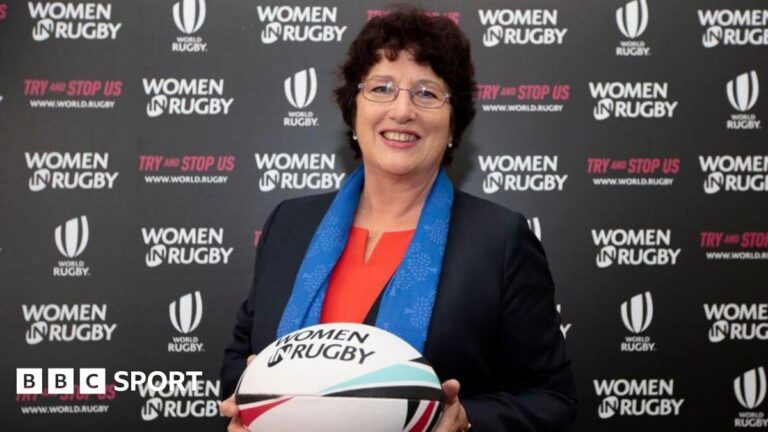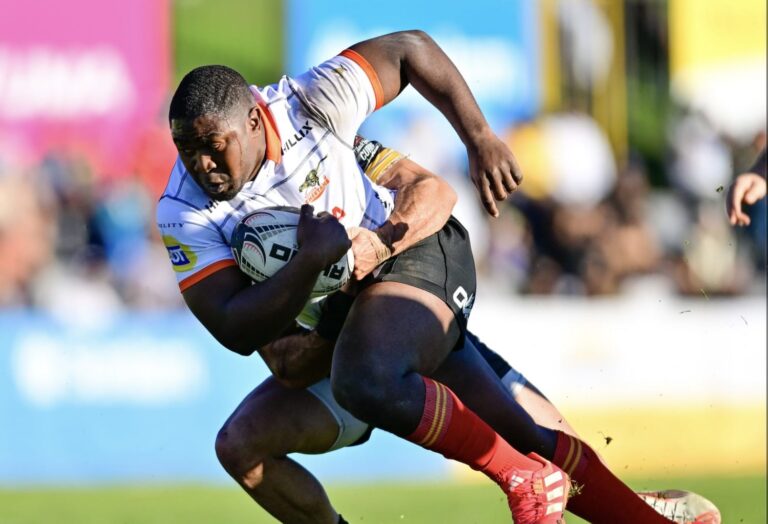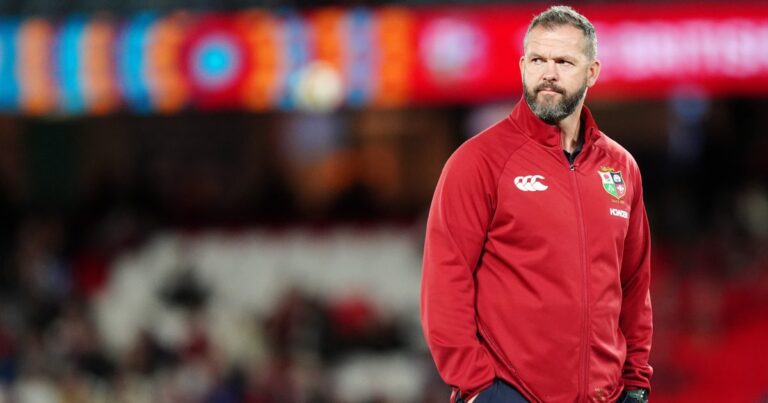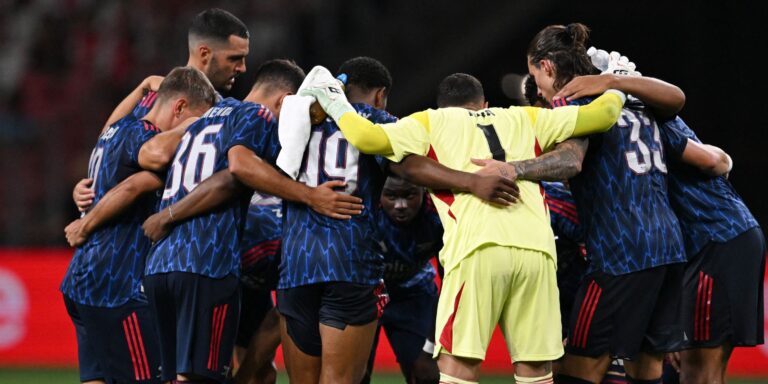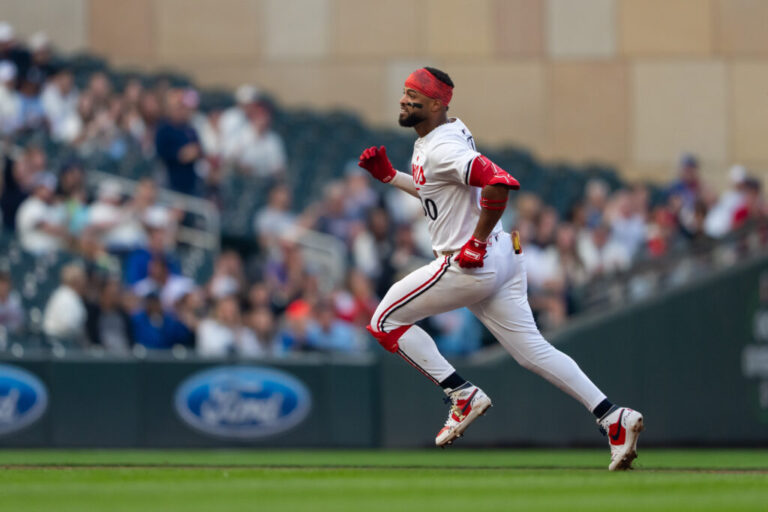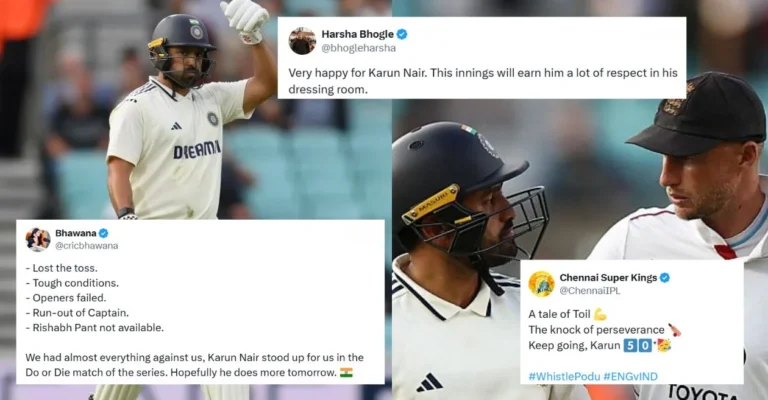
Catch Steve Borthwick in a more contemplative, private moment, and he will tell you. The position of England head coach is really two jobs rolled into one: the meat of the tactical direction and on-field coaching of the team; and the frills of a media-facing function designed to popularise the sport and bring rugby to the attention of the public.
In practice the second too often overwhelms the first. The spin around the makeup of the England rugby team is as loud as a flock of seagulls over a fresh fishing catch. Anticipation of the feast ahead becomes so frenzied in the digital media age the systematic trawl of due diligence gets drowned out by external noise; the head coach a fisherman, caught in his own net.
It is less than 12 calendar months ago voices were squalling for the installation of Harlequins’ young magician Marcus Smith at 10. The time for a retread of Owen Farrell and George Ford was spent, surely? Listen to the words of level-headed Robert Kitson in The Guardian:

“Marcus Smith is a talented player who has been either shunted around or forced to fit into a tactical system that does not greatly suit him. With the absent Farrell, for now, out of the equation and George Ford requiring injections in an injured knee, the case for picking Smith at number 10 for the opening two games against Italy and Wales is overwhelming.”
The article finished with the statement ‘New names, exciting fresh possibilities. The future starts here’. The issue for the coach is the process of building, truly building a team is far slower than the constant desire for the new and the exciting. Wind the clock on another year and the seagulls have already moved on to Northampton’s Fin Smith. Marcus is yesterday’s man, and the shrieking and flapping has started all over again.
A similar tune played in a more minor key has been orchestrated at the number eight position. After the 2024 Six Nations, Saracens’ Ben Earl – a converted seven – was flavour of the month, or for the better part of the two months the tournament lasted. By the end of the competition, Earl had made the most carries [73 – 15 more than any other player] for more metres [419m] than any other forward. Only one outside back, Ireland’s James Lowe, ranked ahead of him. Earl had also made 24 tackle busts, with only the flying Frenchman Damian Penaud performing better.
Earl had done what was supposed to be impossible for a man of his size [only 6ft tall and 107kg] in the modern game: he had become a workhorse ball-carrier for his team with the explosiveness to create breaks, and that in turn allowed England to select another specialist openside in Sam Underhill and effectively double their work rate in the tackle and at the defensive breakdown.

Now the pressure is building for Earl’s clubmate Tom Willis to replace him in the national side, and Saracens director of rugby Mark McCall is leading the chorus and making all the right noises. After Saracens’ 35-26 win over Bristol Bears on Saturday, he commented:
“I can’t remember a match this year where he [Willis] hasn’t been outstanding. He just needs to keep on doing what he’s doing. If he keeps putting in performances like this, I think he will get rewarded in the end [by England].
“He leads by example: by getting over the gain line, by breaking tackles and making tackles – all the things that you want your number eight to be able to do. He has been a focal point [for the team] all year.
“He’s very curious and he wants to get better. He wants to be playing for England and he’s willing to do anything that he has to, to make that happen. He’s a great guy to have around the team.”
BristoldDirector of rugby Pat Lam added: “I was very impressed with Tom and I’ve been impressed with him all season. The stats show he’s good, but I can also see that with my eyes. It’s over to Steve [Borthwick] and there are some good back-rows, but certainly Tom is playing consistently well.”
Willis’ stats in the Premiership this season are remarkably similar to those achieved by Earl at the past Six Nations. He lies first in ball carries with 146 and second in total metres gained with 776m, with only an outside back [Bristol’s Gabriel Ibitoye] ahead of him; first in tackle busts [45], and among the top ten for all three of breakdown pilfers [five], dominant tackles [11] and offloads [11].
The growing bandwagon of support for Willis raises even more questions about England’s development. If he starts, does Earl shift back to seven in the face of stiff competition from Underhill, the Curry brothers and Tom Pearson? Or is he bumped out of the starting XV entirely? Who fits the style England will be attempting to play in 2025 better, and do we know what style that will be?
An examination of some of the stats behind the last query is the most revealing of all. With Willis at eight and Earl alongside him at seven, Saracens spend rather more time in possession of the ball then they do without it.

The shorthand is Saracens use their outstanding kicking game to create positions from which they can control the ball by hand. With Willis’ power at eight, that is a task they are well able to accomplish. Now let’s compare those figures with the England 2024 Six Nations team in the same categories.

Where Saracens are kicking the ball to get it back on favourable terms and keep the time of possession and ball-in-play time high once they have it, England were looking to kick with the idea of defending further upfield, preferably in the opponent’s half. The twin openside selection in the back-row is perfectly attuned to that style and it was probably heavily influenced by Felix Jones’ presence as Borthwick’s defensive assistant at the time.
The selection of Willis at eight would not only mean a change of attitude to the kicking game and time spent in possession of the ball, it might influence the selection at other key positions. It will probably pull Earl into the starting XV on the openside flank ahead of the other deserving cases, and it might even entail the replacement of one Smith by another at number 10.
The Saracens-Bristol game amply illustrated what Saracens are trying to achieve with their kicking game.
The basic plan is to kick the ball away in that no man’s land between the two 40m lines and find ways to win it back – and keep it – from the chase. In this case Bristol full-back Rich Lane gets ‘rag-dolled’ by Willis chasing from the inside. He is carried backwards over 10m in the tackle and forced into an error leading to a Sarries turnover scrum.
Whereas the Barnet club’s deployment of their back-row on defence is orthodox, their alignment on attack is considerably more creative.
The structure is as you would expe ct on D: the biggest and strongest man [Willis] is manning the space nearest the ruck, Earl is further out linking the forwards to the backs on the open-side, and Argentine international Juan Martin Gonzalez is patrolling the short side.
ct on D: the biggest and strongest man [Willis] is manning the space nearest the ruck, Earl is further out linking the forwards to the backs on the open-side, and Argentine international Juan Martin Gonzalez is patrolling the short side.
With ball in hand the orthodox is turned on its head. The ace in the Saracens pack at the base of attacking scrums is not Willis, but Earl for his wider arc of attack and greater speed off the mark.
Likewise, Willis is kept in the shorter lineouts with Earl starting out in midfield as the primary ball-carrier.
The number eight is the provider with a deflection from the front of the line, then Earl plays the same role as he does for England, playing as an extra centre in the middle of the field
The fluid interchange of roles between seven and eight created an outstanding individual try by Willis just before half-time.
You might expect the seven to fill the role of widest forward in the zone outside the 15m line, but Willis’ footwork and evasive skills are more than up to the task of playing in space.
At other times, he showed he was well capable of fulfilling the eighth man’s more traditional duties carrying close to the ruck, or in short-yardage situations.
Borthwick is treading a fine line, like all England coaches before him. He has to select, and build the England team he wants to coach, while explaining his decisions to a public with an undying thirst for new names, and exciting fresh possibilities. A future which can readily tip into change for change’s sake.
The value of Marcus Smith at 10 is already being questioned less than a year since an overwhelming clamour for his selection. The worth of Earl is being cross-examined by those who want a ‘genuine number eight’ in the shape of Willis.
The cold hard truth is that selection largely depends on the kind of game Borthwick wants to play. If he wants to keep the ball for longer, far longer than England achieved at the Six Nations, a big ball-carrying back-row featuring Willis and Earl makes sense. If he wants to kick and defend and counter, he may as well retain the two number sevens. You pays your money, and you takes your choice.
